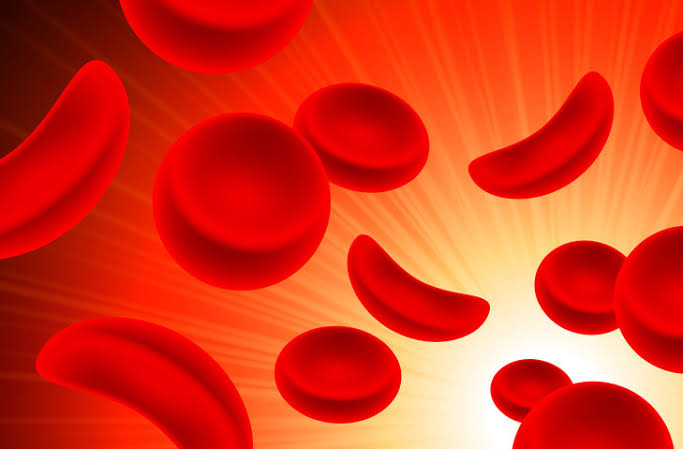Genotype ss, also known as sickle cell disease, is an inherited blood disorder caused by a mutation in the HBB gene. This gene provides instructions for making a protein called beta-globin, which is a component of hemoglobin, a protein found in red blood cells that carries oxygen throughout the body. The mutation in the HBB gene leads to the production of abnormal hemoglobin called sickle hemoglobin, which causes the red blood cells to become crescent or sickle-shaped and become stiff and sticky. This can lead to a number of complications and symptoms.
1. Anemia
One of the most common symptoms of sickle cell disease is anemia, a condition in which there is a deficiency of red blood cells or hemoglobin. This can lead to fatigue, weakness, and shortness of breath.
2. Pain
One of the most characteristic symptoms of sickle cell disease is recurrent pain, often referred to as sickle cell pain. This can be a result of the sickle-shaped red blood cells clogging up small blood vessels, leading to a lack of oxygen and nutrients to the affected tissues. This pain can be severe and can occur in the bones, joints, and muscles.
3. Infections
People with sickle cell disease are at an increased risk of infections due to the abnormal shape of their red blood cells, which can make it easier for bacteria and viruses to enter the body. Children with sickle cell disease are particularly susceptible to infections, such as pneumonia and meningitis.
4. Delayed with growth.
Children with sickle cell disease may experience delayed growth and development due to the chronic anemia and frequent infections associated with the condition.
5. Organ damage
Over time, the abnormal red blood cells and chronic anemia associated with sickle cell disease can lead to organ damage, particularly in the lungs, spleen, and kidneys. This can lead to a number of complications, such as pulmonary hypertension (high blood pressure in the lungs), kidney failure, and stroke.
It is important to note that the severity and frequency of symptoms can vary widely among individuals with sickle cell disease. Some people may experience mild symptoms, while others may have more severe and frequent complications. Treatment options, such as blood transfusions and bone marrow transplants, can help manage the symptoms of sickle cell disease and prevent complications.






